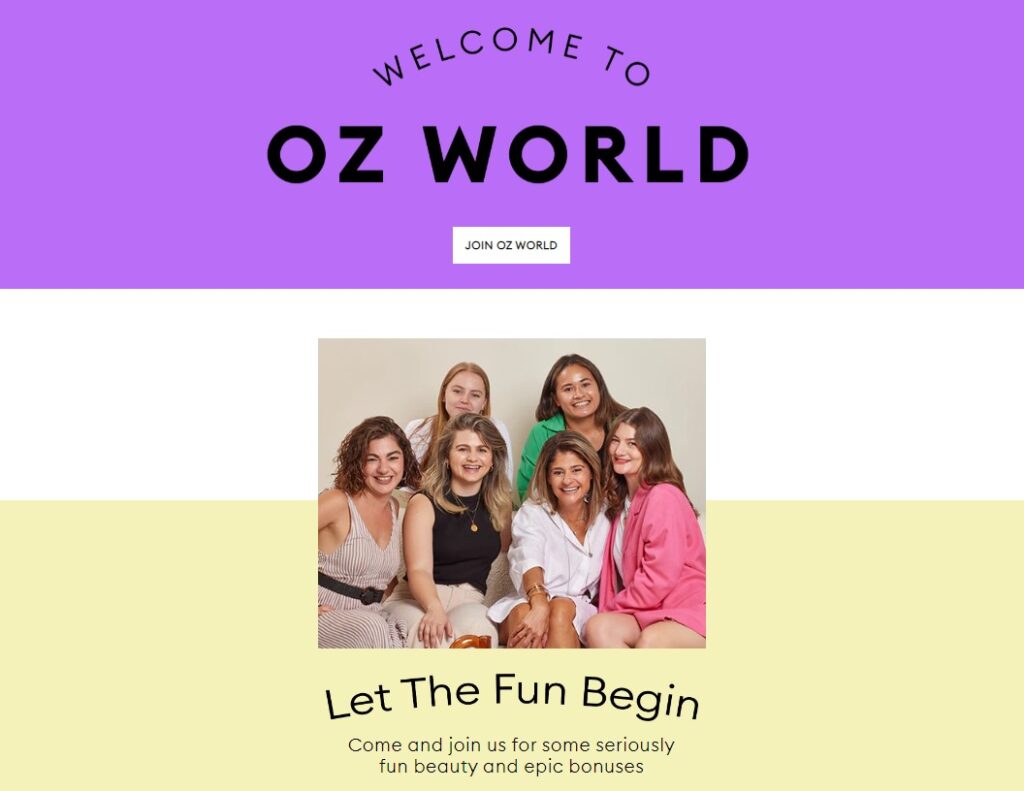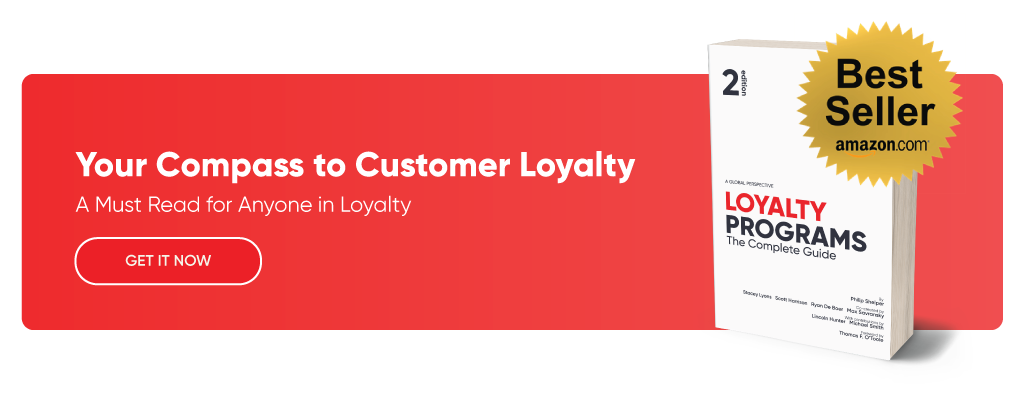
Many businesses might measure the success of a loyalty program in its broad ability to topple competitors, capture the majority of market share and win over customers. However, such ambitions involve complex, long-term strategies (and often a drastic change in business model) that are highly challenging for most industries to accomplish due to factors including business size, product margins and more.
Loyalty program success should instead be tailored to each business to achieve specific goals. In the world of loyalty consultancy, we find that the top two most desirable success metrics for businesses, particularly in retail, are:
- Increasing purchase and visitation frequency
- Driving incremental spend
Choosing the right loyalty framework for your business
The key to creating a successful loyalty program is to involve customers in the development process. How customers want to be rewarded is different for every business. Rather than assuming points or tiers is the best solution, it is important to test models prior to development.

In fact, many customers have experienced ‘points fatigue’ in recent years, and are now finding greater appeal in credit, discount or cashback programs due to their greater transparency. Market research conducted by Loyalty & Reward Co identified that points-based programs ranked low in preferability when compared to some of the more tangible benefits demonstrated above.
Credits, due to their monetary value, have also been known to stimulate greater perceptions of ownership i.e., I earned this reward and therefore it is mine. Points, however, have been observed to be forgotten over time due to the lack of transparency, which makes it more difficult for members to evaluate its value.
This sense of ownership over a reward may be more likely to tap into the impacts of the endowment effect and loss aversion biases, which causes the member to feel reluctant to lose access to their credit compared to other rewards (e.g., points, discounts etc.).
The Oz Hair and Beauty program, Oz World, is a fantastic example of how a strategically designed credit program can stimulate ongoing loyalty behaviours.
The Oz World program
Oz World enables its members to unlock credit for engaging with Oz Hair and Beauty in various ways. For example, members can earn:
- 5% credit back on all transactions made via the Oz Hair and Beauty website
- A $10 credit for every successful referral
- Participate in bonus credit events to fast-track credit earn
Upon earning a minimum of $5 credit, members will be able to exchange their earnings for an Oz Hair and Beauty voucher. However, Oz World also provides members with the flexibility and choice to accumulate their credit for a larger voucher in the future.
Members can also continue to track their credit earn via a visual progress tracker within their account. This has been proven to successfully activate impacts associated with the goal gradient effect, whereby the closer member is to achieving their goal, the faster and more frequently they will engage with the program to achieve it.
The real impacts of loyalty programs
The Oz World program has seen great success since its inception. Within the first three months of launch, the program has captured over 10,000 member sign-ups with currently over $100,000 credits accumulated across the member base with a 30% redemption rate.
More importantly, the brand has also seen increases in average order values by up to 16%, with the average member placing approximately double the number of transactions during their active lifecycle period.
How to get started
Some questions to ask yourself when considering what loyalty program concept to pursue are:
- How often are my customers spending and how much?
Businesses should look to segment their customer base to understand which groups require the most attention. Some companies will find that stimulating a portion of their customer base to spend one extra time is enough to double business revenue.
2. What are my competitors doing?
Is the market saturated with the same type of program? If so, how will you differentiate and mould the program so that it is unique to your brand? Finding ways to embed brand alignment within your loyalty program is a fantastic way to drive differentiation with the potential to boost the effects of social proofing (e.g., Rip Curls – Club Rip Curl program)
3. How will the program provide value to our customers?
Arguably the most important question, businesses developing a loyalty program must look to understand what drives their customers to spend. One of the biggest reasons why loyalty programs may fail is the lack of value. If rewards accessible via the loyalty program are not compelling enough to motivate acts of loyalty, members will be unlikely to exhibit desirable behaviours.
Wondering if a loyalty program is the right move for your business? Contact the experts at Loyalty & Reward Co.

